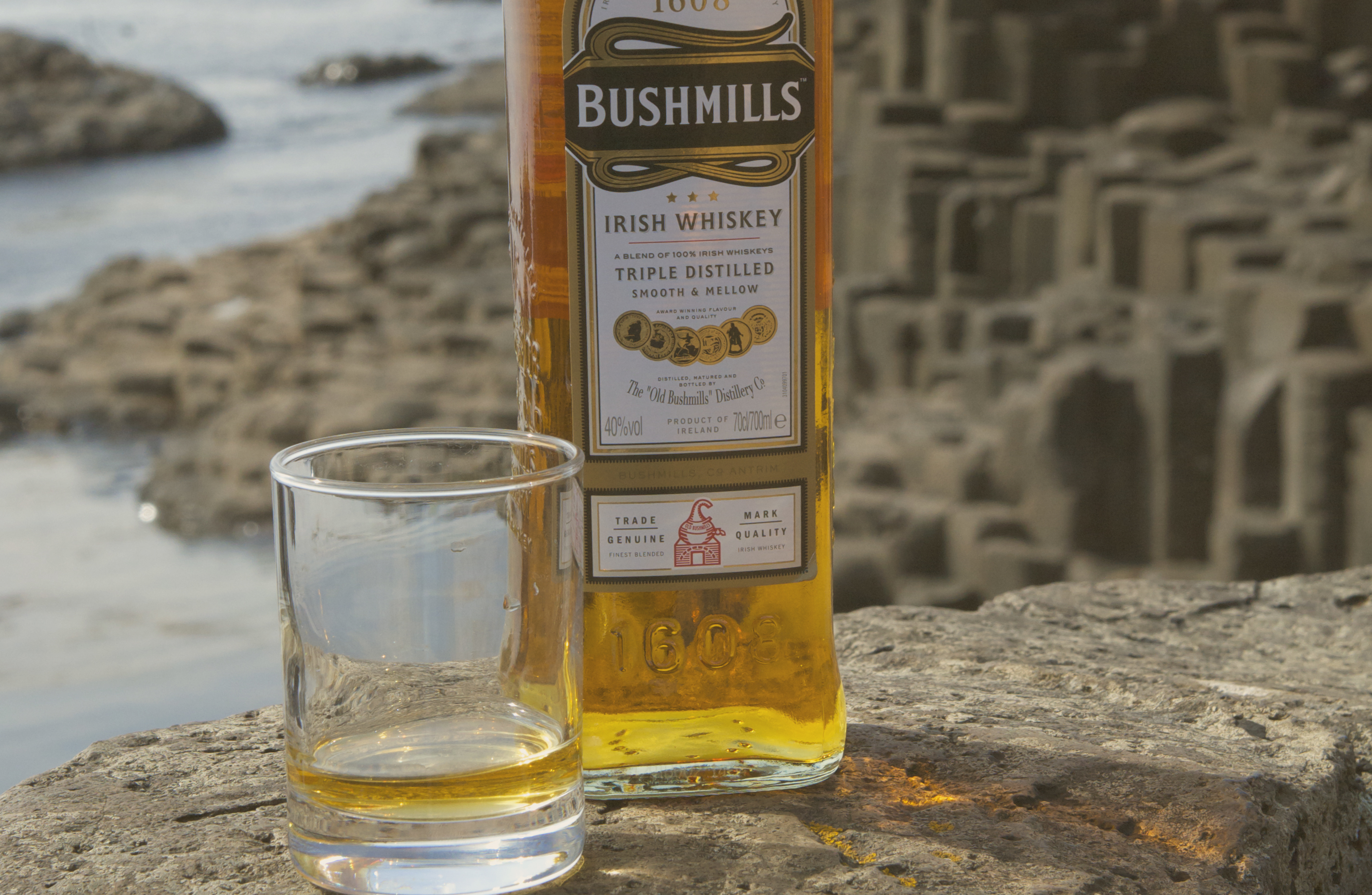Water of Life
The Drink of the Irish.
Article by Fred Minnick
When it comes to Irish whiskey, it’s unfortunate that many people ponder the St. Paddy’s Day Party they want to forget. On that painful night, they kicked back shots until they were barely standing, intoxicated, and finished their journey hovering a toilet.
If you’re like me, you don’t like revisiting those memories. That’s why I will never again drink Keystone Light. Suffice it to say, Irish whiskey is one of the more rewarding and value-added categories in all of alcohol. But the category is in a bit of flux right now, despite earning double-digit sales increases every quarter.
With the college “shot” market driving revenue, foreign companies currently own all major Irish whiskey distillers. Many Irish whiskey connoisseurs say non-Irish ownership has destroyed the industry, while others say big-time foreign investment is making the category stronger.
I tend to lean more toward the latter argument, as premium Irish whiskeys like Redbreast, Yellow Spot, Teeling, and Midleton are slowly finding their way into American liquor cabinets. I actually believe we’re in the beginnings of the greatest Irish-whiskey awareness decade since Sir Walter Raleigh gifted a barrel to Queen Elizabeth I in 1617.
There are also a handful of young lads and lassies trying to resurrect Ireland-owned whiskeys, albeit on a much smaller scale than Bushmills or Jameson. One lassie created a brand for poitín (or poteen), Ireland’s equivalent to moonshine.
“I’ve been a bit disappointed that Ireland has attained notoriety for its drinking culture while very little attention has been paid to its rich cultural history associated in terms of food and drink,” says Ashlee Casserly, founder of 1661 Poitín. “Although Guinness and Irish whiskey have gained attention here in the U.S., there are whole histories that are ignored or swept aside.”

Irish booze has deeper historic connections than any whiskey category. Some legends indicate St. Patrick introduced distillation of grains around 5 AD, making Ireland the true origins of whiskey. But there has been no scholarly evidence to support this. We do know for fact that the Irish were making whiskey in 1405, when the Irish Annals tell us some bloke died from drinking too much. And we thought we had bad memories from drinking Irish whiskey! Shakespeare even discussed an Irish man drinking “aqua vitae,” Latin for water of life, in The Merry Wives of Windsor, leading to many scholars wondering if this was Irish whiskey or brandy. My money is on whiskey. So, the next time you’re camping and you want a historic dram near the campfire, consider packing Irish whiskey.
A fun starter Irish brand is Concannon Irish whiskey, a new blended whiskey that’s aged in former wine barrels. It’s super fruity with notes of apple, pear, peach, and honey. At only 80 proof, this is an ultra-light whiskey and perfect for beginners. Staying in the 80-proof range, Michael Collins 10-year-old single malt is a more complex whiskey than Concannon, but I still recommend it for the beginners. It’s smooth with notes of apple, grilling smoke, and hints of almond and vanilla.
Moving up a notch, the Bushmills 16-year-old jumps out of the glass with complexities found only in whiskies aged in several casks: American bourbon barrels, Oloroso sherry casks, and finished in old Port wine Pipes. The harmonious nose brings notes from each of these barrels. The bourbon barrel adds the vanilla and caramel. The sherry cask brings layers upon layers of creaminess, chocolate, nutty, floral and dried-apricot notes, while the Port wine Pipes add just a little cherry juice and dried fruit. On the palate, Bushmills 16-year-old creates one of the longest finishes in Irish whiskey. Bushmills makes several other premium whiskies, including the 1608 blend and a 21-year-old whiskey, but the 16-year-old is quite simply my favorite Bushmills for its daring dance of flavors. Redbreast 15-year-old is a gorgeous whiskey with notes of raisons, praline, orange peel, chocolate, and a slight licorice that adds to the bitterness of the chocolate.
My top choice right now would be Midleton Barry Crocket Legacy, a special limited release that was aged in used bourbon barrels and new American oak. This limited edition smells slightly sweet; it has a rounded, full body with notes of cream sherry, vanilla, cherry juice, plum, crème brûlée, apricot, spice, and a beautiful long finish. Named after Midleton’s master distiller, the Barry Crocket Legacy ranges between $250 and $290 and is still one of the best values in all of whiskey. It’s that good!
So, it’s time to lose the college frat-boy mentality with Irish whiskey. Sip and savor, my friends. This is great whiskey.





